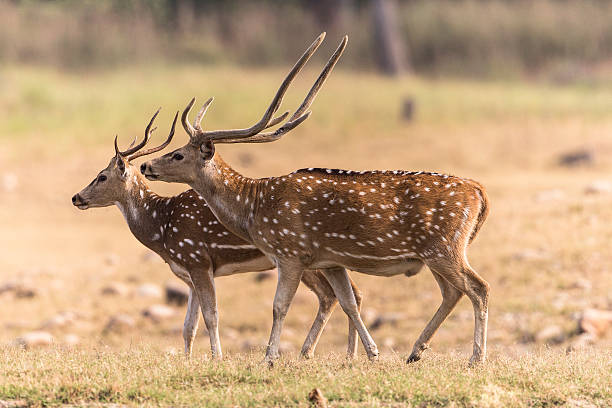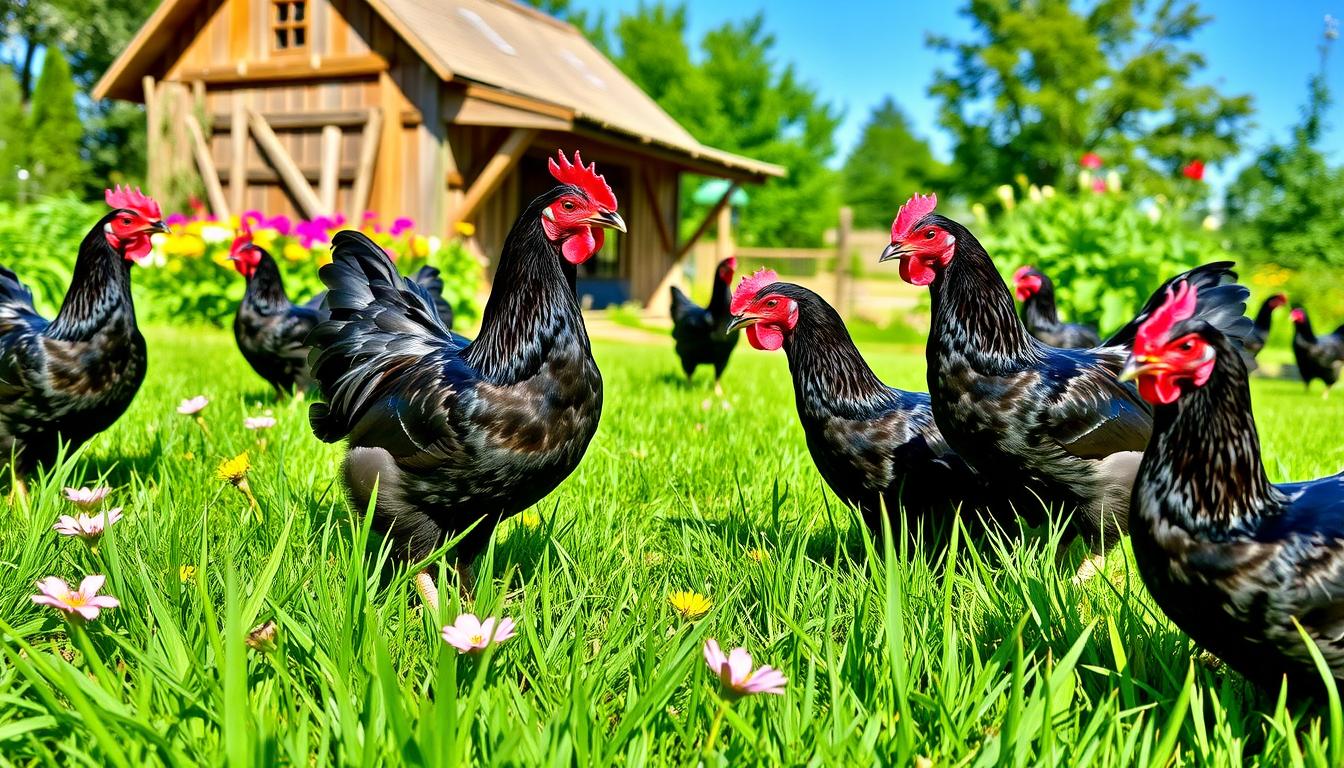Understanding Deer Poop: A Complete Guide to Identification, Meaning, and Management

Introduction to Deer Poop
Why Should You Learn About Deer Droppings?
You might think deer poop is just… poop. But it’s actually a goldmine of information. Whether you’re a gardener, hiker, hunter, or just curious, understanding deer droppings can tell you who’s been visiting your yard, when, and why.
Common Myths and Misconceptions
Some believe deer poop is harmless or always looks the same—wrong! Its appearance varies based on diet, season, and health. Also, yes—deer poop can carry harmful pathogens. More on that below.

What Does Deer Poop Look Like?
Shape, Color, and Texture
Deer poop typically appears as small, oval pellets, often dark brown to almost black in color. Each dropping is about the size of a jellybean, sometimes slightly pointed at one end.
Differences Between Buck and Doe Droppings
There’s no guaranteed way to tell buck poop from doe poop, but some hunters claim bucks may leave more scattered droppings while does tend to leave clustered piles.
Seasonal Variations in Deer Feces
In summer, when deer eat moist greens, droppings can be soft and clumped. In winter, after feeding on dry browse like twigs and bark, they’re firmer and more pellet-like.
How to Identify Deer Poop
Key Characteristics to Look For
- Shape: Oval pellets
- Size: About 1/2 to 3/4 inch long
- Color: Dark brown to black
- Smell: Mild compared to dog or cat poop
How It Differs from Rabbit or Moose Droppings
- Rabbit poop: Smaller, more uniform, and rounder
- Moose poop: Larger and more elongated
Visual Examples (If Available)
Try using wildlife field guides or apps to compare visuals when identifying in the field.
What Deer Poop Reveals About the Animal
Diet and Habitat
Soft clumps? The deer probably ate lots of apples or clover. Dry pellets? They’re munching on bark and shrubs.
Health Indicators in Droppings
Watery or discolored droppings may signal a sick deer—possibly infected or suffering from digestive issues.
How Freshness Tells You Timing
Shiny, warm droppings? You’ve just missed them. Dry and cracked? They were here hours—or days—ago.
Is Deer Poop Harmful to Humans or Pets?
Can Deer Poop Spread Disease?
Yes. Deer droppings may contain E. coli, Giardia, and even cryptosporidium, all of which can affect humans and pets.
Safety Tips When Encountering It
- Don’t touch it with bare hands
- Keep pets from sniffing or eating it
- Wash hands if you’ve come into contact
- Avoid using un-composted deer poop in gardens
Deer Poop in Gardens and Yards
Why Deer Choose Your Yard
Your garden is probably a buffet of fresh greens for local deer. Vegetables, flowers, and fruit trees are all irresistible.
Tips to Keep Deer Away
- Use motion-activated sprinklers
- Plant deer-resistant shrubs
- Try human hair, soap bars, or urine deterrents
Natural Deterrents and Repellents
- Garlic or hot pepper sprays
- Essential oils like eucalyptus or peppermint
- Fencing—at least 8 feet high!
Composting Deer Droppings: Good or Bad?
Nutrient Value of Deer Manure
Deer manure is rich in nitrogen, phosphorus, and potassium—great for plants if properly composted.
Proper Composting Techniques
- Mix with dry leaves, straw, or other “browns”
- Let it compost for at least 6 months
- Keep temperatures high to kill bacteria
What Not to Do
- Never use it fresh
- Don’t compost it near edible crops unless fully decomposed
Signs of Deer Activity Besides Poop
Tracks, Rubs, and Bedding Areas
- Hoof prints: Look for cloven heart shapes
- Rubs: Trees scratched by antlers
- Bedding: Flattened grass in brushy areas
How Poop Complements Other Signs
Spotting poop along with fresh tracks? That’s a sure sign deer are hanging around frequently.
The Role of Deer in the Ecosystem
How Droppings Affect Soil and Plants
Deer poop acts as a natural fertilizer, enriching soil and promoting biodiversity.
Deer as Natural Fertilizers
Their movements help spread seeds, and their waste supports fungi and microorganisms in the soil.
Ethical Concerns: Should You Remove or Leave Deer Poop?
Wildlife Respect vs. Cleanliness
In a natural space like a forest trail, leave it be. In your garden or kid’s play area? Probably best to clean it up.
Community Rules and Guidelines
Check your local HOA or municipality—some places require removal for health and aesthetic reasons.
SEO Keywords Related to Deer Poop
Here are some SEO keywords you can sprinkle in your content:
- deer poop identification
- what does deer poop look like
- is deer poop harmful
- deer droppings in yard
- composting deer manure
- deer feces vs rabbit
- deer poop disease
- deer activity signs
- deer poop fertilizer
- how to get rid of deer poop
Conclusion
So, the next time you see a pile of deer poop in your yard or on a trail, don’t wrinkle your nose—observe and learn. It’s a powerful clue about wildlife activity, the health of your environment, and even your garden’s appeal. From identification to composting, knowing a bit about deer droppings turns “eww” into “hmm… interesting.”
Frequently Asked Questions (FAQs)
1. Can I use deer poop directly in my garden?
Not recommended. Deer droppings may carry pathogens. Always compost before use.
2. What animals have poop similar to deer?
Rabbits, moose, and elk droppings can appear similar, but size and shape differences help in identification.
3. Is deer poop toxic to dogs?
It can be. Deer poop may carry parasites and bacteria harmful to pets.
4. How can I tell how fresh deer poop is?
Shiny, moist pellets are fresh; dry, dull ones are older.
5. Why is deer poop often in piles?
Deer tend to defecate while standing or walking, often in the same areas they feed or bed down.



